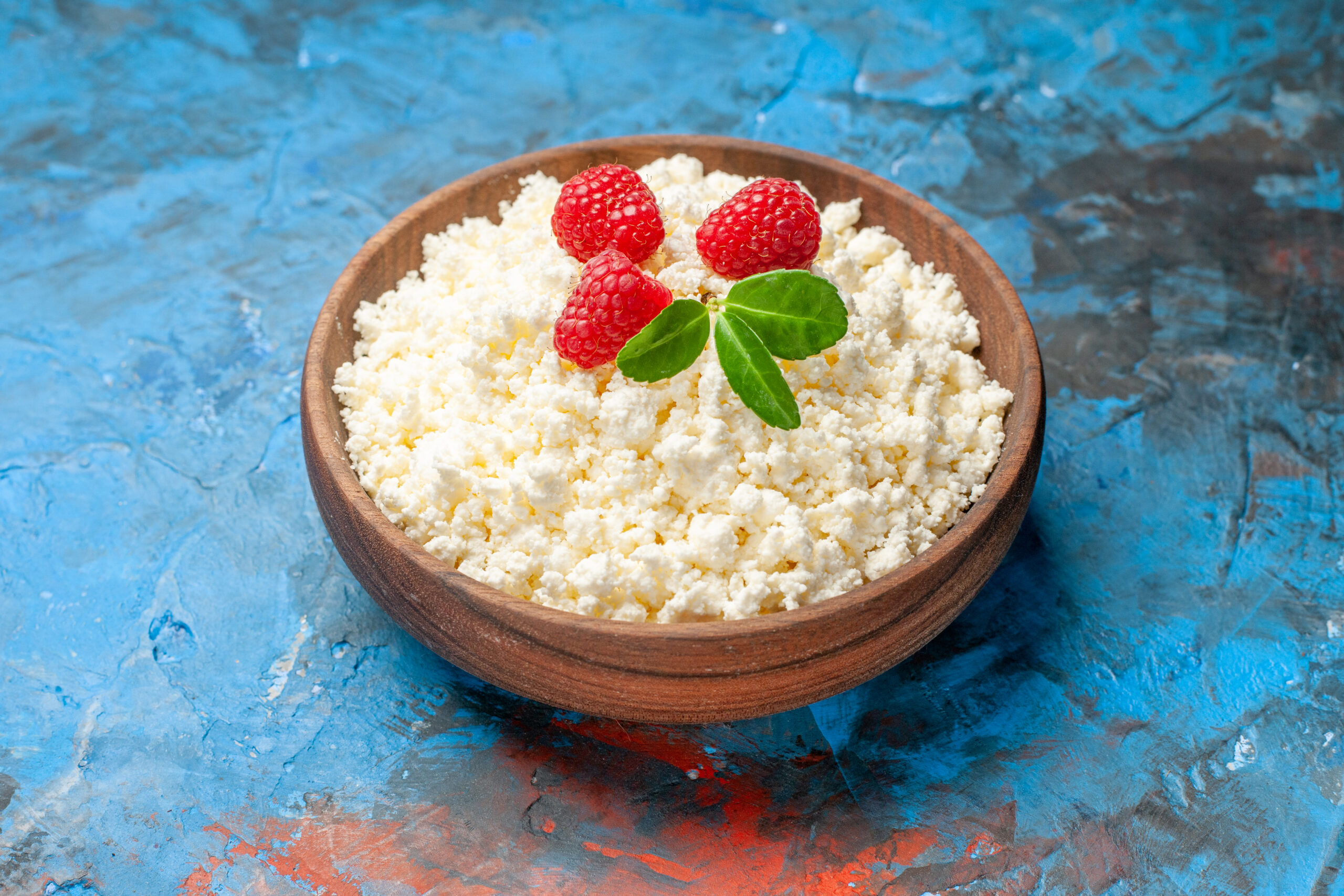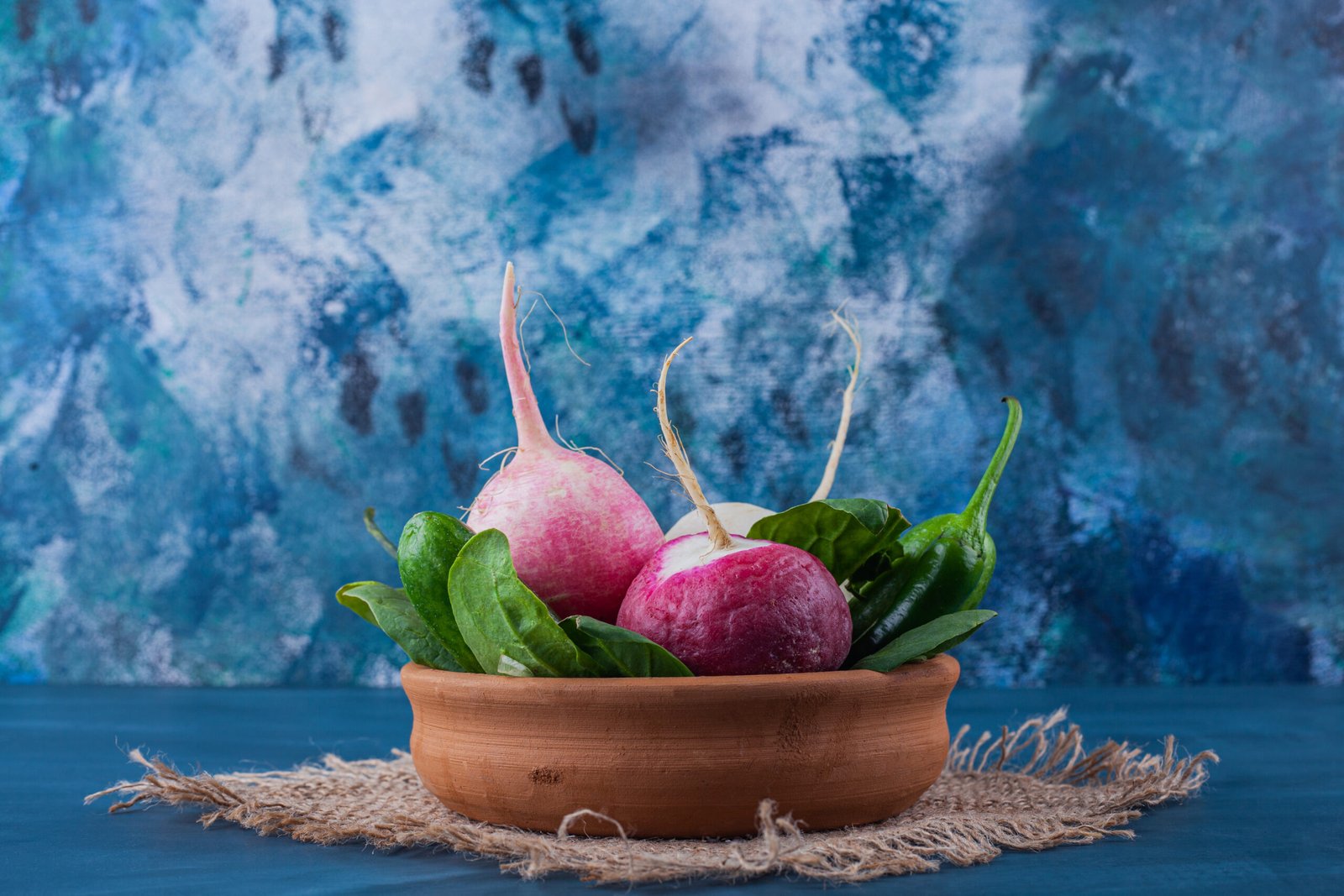Introduction:
Fried eggs are one of the simplest yet most delightful breakfast items, loved across the globe for their versatility and ease of preparation. Whether you’re a culinary novice or a seasoned home chef, mastering the art of frying an egg is an essential skill. This comprehensive guide will provide you with everything you need to know about creating the perfect fried egg—from the ideal ingredients to secret techniques for getting the texture just right.
Why Fried Eggs Are a Breakfast Staple
Fried eggs offer a unique combination of rich flavors and texture that enhance any meal. Whether served on their own, as a topping for toast, or alongside a hearty breakfast spread, they bring a burst of protein and satisfaction to your day. Additionally, they are quick to prepare, customizable, and packed with nutrients like vitamin D and omega-3 fatty acids, making them an ideal start to any morning.
Table of Contents
The Essential Ingredients for Perfect Fried Eggs
To make the best-fried eggs, the key lies in the quality of the ingredients. Here’s what you’ll need:
Fresh eggs – The fresher the eggs, the better the texture and flavor. Fresh eggs have firmer whites, which hold together better when fried.
Butter or oil – Both work well for frying eggs, but butter provides a richer flavor. If you prefer oil, opt for high-quality olive oil or avocado oil.
Salt and pepper – Simple seasoning is all you need, but you can also experiment with other spices like smoked paprika, garlic powder, or chili flakes for a unique twist.
Optional Additions
While the basic fried egg is delicious on its own, you can elevate the experience with a few creative toppings:
Herbs like chives, parsley, or thyme
Grated cheese such as parmesan or cheddar
Sautéed vegetables like spinach or mushrooms
Choosing the Right Pan
The type of pan you use can dramatically affect the outcome of your fried eggs. For best results, use a non-stick skillet or a well-seasoned cast iron pan. A non-stick surface ensures that your eggs won’t stick, and it allows you to fry with minimal fat if desired. Cast iron retains heat well, offering consistent cooking and a golden, crispy edge on the egg whites.

Mastering the Different Styles of Perfect Fried Egg
There are several ways to fry eggs, and each technique yields a different texture and flavor profile. Here are the most popular types of fried eggs:
Sunny-Side Up
1. For sunny-side-up eggs, the egg is fried on one side only, leaving the yolk bright and runny. This style is perfect for those who love dipping toast into a creamy, unbroken yolk.
2. In the pan, warm up a tiny bit of butter or oil over medium heat.
3. Crack the egg gently into the pan without breaking the yolk.
4. Simmer for 2 to 3 minutes, or until the whites are set but the yolk is still runny.
5. Serve immediately after seasoning with salt and pepper.
Over-Easy
Over-easy eggs are flipped and cooked briefly on the second side, resulting in a slightly runny yolk. Here’s
How to make them:
Follow the same steps as sunny-side-up eggs.
1. When the whites are mostly set, carefully flip the egg using a spatula.
2. Cook for an additional 30-45 seconds for a runny yolk or 1 minute for a firmer yolk.
Over-Medium
Over-medium eggs have a yolk that is soft but not too runny. This style offers a perfect balance for those who want a mix of textures.
After flipping the egg, cook it for about 1-2 minutes.
The yolk should still have some softness but won’t spill out when cut.
Over-Hard
For those who prefer fully cooked yolks, over-hard eggs are the way to go.

Perfect Fired Egg as described for over-easy.
After flipping, cook for an additional 2-3 minutes, until the yolk is fully set and solid.
Tips for Achieving the Perfect Texture
Cooking Temperature:
Maintaining the right heat is crucial for perfect fried egg. Medium-low heat is ideal, as it allows the egg whites to cook gently without burning or toughening. Cooking too fast on high heat can cause the whites to become rubbery while leaving the yolk uncooked.
Use a Lid
For sunny-side-up eggs, if you want the yolk to set slightly while remaining runny, you can cover the pan with a lid for the last minute of cooking. This traps steam, cooking the top of the egg whites without needing to flip the egg.
Butter Basting
For extra richness, try butter basting your eggs. After cracking the egg into the pan, tilt the pan slightly and spoon the hot butter over the whites and edges. This method gives the eggs a golden-brown, crispy texture while keeping the yolk perfectly runny.

Common Mistakes to Avoid When Frying Eggs
While fried eggs are simple to make, a few common mistakes can result in subpar results:
Cooking at too high a temperature – This will result in burnt edges and undercooked yolks.
Not using enough fat – Eggs can stick to the pan and become difficult to flip without the right amount of butter or oil.
Overcooking – Timing is essential for perfect fried eggs. Watch them closely to avoid overcooking, which leads to dry and rubbery eggs.
Creative Serving Suggestions for Perfect Fried Eggs
Once you’ve mastered the art of perfect fried eggs, you can incorporate them into various dishes for added flavor and texture:
Avocado toast – Top a slice of toasted bread with mashed avocado, sprinkle with salt and pepper, and place a fried egg on top.
Egg-topped salad – Add a fried egg to a green salad for a protein boost and a rich, creamy yolk that serves as a natural dressing.
Breakfast bowls – Serve fried eggs over grains like quinoa or brown rice, along with roasted vegetables and a drizzle of hot sauce.

Perfect Fried Eggs: Nutrition and Benefits
Eggs are a great source of complete protein as they provide all nine of the required amino acids. In addition to protein, they are packed with vitamins (especially B vitamins and vitamin D) and minerals like iron and selenium. Consuming eggs can support muscle health, boost energy levels, and promote heart health when eaten in moderation.
Calories in a Fried Egg
A typical fried egg contains around 90 calories, depending on the amount of fat used for cooking. Eggs are also relatively low in carbohydrates, making them a great choice for low-carb diets or anyone looking to maintain a balanced diet.
Benefits Of Perfect Egg Fried
Rich in Nutrients: A perfect fried egg is packed with essential nutrients. It provides high-quality protein, healthy fats, vitamins like A, D, E, and B12, and minerals such as iron and selenium, which are vital for overall health.
Great Source of Protein: Eggs are an excellent source of complete protein, meaning they contain all the essential amino acids your body needs. This makes them ideal for muscle repair, growth, and general body maintenance.
Boosts Brain Health: Eggs are rich in choline, a nutrient important for brain function, memory, and mood regulation. A perfect fried egg can help support cognitive health.
Supports Eye Health: The egg yolk contains lutein and zeaxanthin, antioxidants that promote good eye health and may help protect against conditions like cataracts and age-related macular degeneration.
Weight Management: A perfect fried egg can be part of a balanced meal. Its protein content helps keep you full longer, reducing the chances of overeating and supporting healthy weight management.
Quick and Convenient: A perfect fried egg is simple and quick to prepare, making it a convenient option for busy mornings or a light meal at any time of the day.
Versatile: A perfect fried egg can be enjoyed in a variety of ways—on toast, in a sandwich, over rice, or as a topping for dishes like burgers or salads, making it a flexible addition to any meal.

Disadvantages Of Fried Egg
High Caloric Content: Depending on the amount of oil or butter used, fried eggs can be high in calories and unhealthy fats. This can contribute to weight gain or heart-related issues if consumed frequently.
Cholesterol Concerns: Eggs are naturally high in cholesterol, and frying them in oil or butter can further increase the fat content, which may be a concern for individuals with high cholesterol levels or heart disease.
Oil Absorption: When frying, the egg tends to absorb the cooking oil or fat, which can make the dish heavier and less healthy compared to other methods like boiling or poaching.
Overcooking: Achieving the “perfect” fried egg can be tricky. It’s easy to overcook the yolk, which can result in a rubbery texture and loss of the creamy center, reducing the quality of the dish.
Difficult to Make Without Oil: If you’re trying to reduce fat or oil intake, frying may not be the best cooking method. Non-stick pans can help, but it’s still harder to achieve the perfect texture without some form of fat.
Potential for Food Safety Issues: If the egg is undercooked, particularly the yolk, there’s a risk of foodborne illnesses such as salmonella, especially when using non-pasteurized eggs.
Requires Attention: Cooking the “perfect” fried egg requires constant attention, particularly if you want to avoid overcooking or burning. This can be inconvenient if you’re in a hurry or multitasking in the kitchen.
Messy Cooking Process: Frying eggs can sometimes result in splattering oil or butter, making clean-up more difficult compared to other cooking methods like baking or poaching.
Frequently Asked Questions About Fried Egg
How should a circular fried egg be made?
And. I’ll put the egg over some rice, drizzle some sauce over it, then top it with some nutty seaweed because, well, it looks really good. The egg was lovely and runny. And I think the outcome was excellent.
Which is preferable for frying eggs: butter or oil?
While butter may be used to make perfect fried eggs, chefs who want a runny yolk and a crispy white center should use oil instead of butter.
Can I add milk to the egg and fry?
Increase the heat to a moderate level (no higher than that) and whisk in the eggs, milk, and butter.









